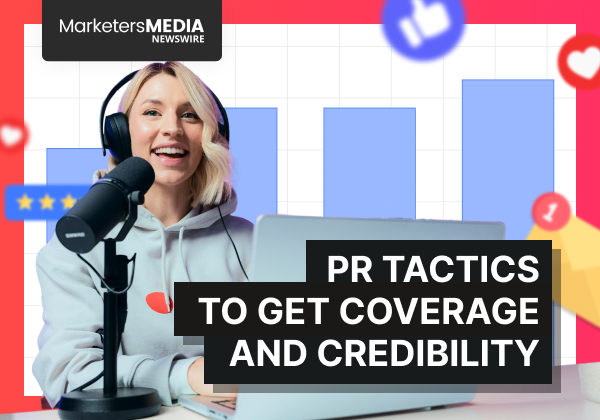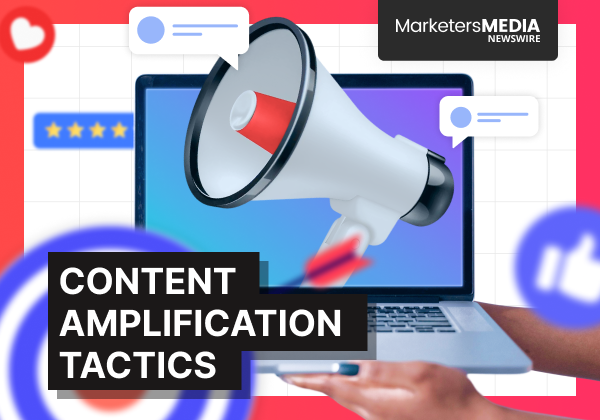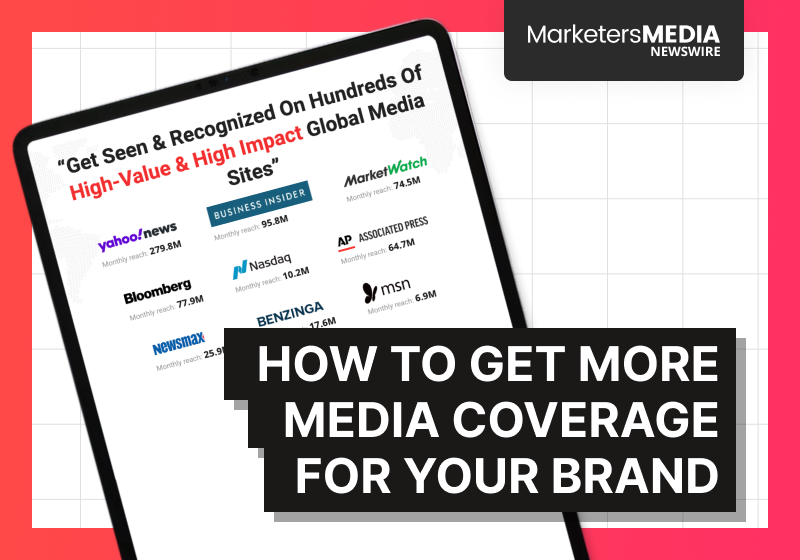Table of Content
- Why PR Matter More Than Ever
- Media Relations Tactics: Building Press Coverage
- Content-Driven Tactics: Establishing Authority
- Digital PR Tactics: Blending Data and Reach
- Experiential Tactics: Creating Direct Engagement
- Successful Real-World Campaign Examples
- Selecting the Right Tactics for Your Business
- Execution Best Practices
Your competitors are getting featured in industry publications. You’re not.
While they build trust with earned media, you’re stuck pouring budget into ads that vanish the moment you stop paying.
The difference? They know how to get journalists to pay attention. You don’t—yet.
Most business owners and marketers are in the same spot. You know PR builds credibility. You just don’t know which tactics actually work.
This guide fixes that. It shows you the exact plays that get coverage and build credibility that lasts.
Why PR Matter More Than Ever
Advertising pays for attention. PR earns it.
When a journalist writes about your company or an industry expert cites your solution, the audience sees it as third-party validation, not sales copy. That makes it more believable.
The payoff goes beyond awareness:
- Companies with strong media presence attract talent more easily.
- They find it easier to secure funding.
- They can command higher prices because credibility positions them as leaders.
That’s why PR tactics matter. They do what ads can’t—build trust that compounds over time.
| Function | Focus | Channels | Timeline |
|---|---|---|---|
| Public Relations (PR) | Reputation and trust | Earned media, press coverage, events | Long-term |
| Marketing | Leads and revenue | Email, SEO, campaigns | Short- to mid-term |
| Advertising | Paid promotion | TV, print, digital ads | Immediate |
Now, let’s take a look at different types of PR tactics—some rely on media relationships, others on content, digital campaigns, or live experiences.
Each opens a different door to visibility, and the most successful companies combine several approaches strategically.
Media Relations Tactics: Building Press Coverage
These tactics are all about securing earned media through direct outreach.
Press Releases
The foundation of media relations. Press releases make official announcements about newsworthy events—product launches, funding rounds, major partnerships, etc.
They provide journalists with a complete, fact-checked resource containing all necessary details. The key is making them genuinely newsworthy, not just promotional.
Media Pitching
While press releases are broadcasts, pitches are conversations.
A pitch is a personalized message to a specific media contacts, designed to spark interest in covering your story.
Successful pitches reference the journalist's recent work, offer a unique angle, and demonstrate clear value for their audience. They're short, conversational, and focused on building relationships.
Newsjacking
Breaking news creates openings. When a story aligns with your expertise, add commentary fast.
Timing is everything—respond while the story is hot, and make sure your contribution adds insight, not self-promotion.
Interviews and Media Tours
Arranging for company representatives to be interviewed across multiple media outlets. Radio Media Tours (RMT) reach multiple stations at once, while Satellite Media Tours (SMT) connect with TV outlets.
These tactics work especially well for product launches or when you have breaking industry insights to share.
Content-Driven Tactics: Establishing Authority
Content tactics position your company as an industry expert while providing valuable resources for journalists and audiences.
Original Research
Commissioning proprietary studies gives you exclusive data that journalists love to cite. While expensive, original research creates long-lasting visibility and positions your brand as an authoritative source.
In fact, nearly half of journalists (47%) find industry experts most useful for generating content, making this tactic particularly effective.
Thought Leadership
Publishing insightful articles under executive names or providing expert commentary on industry trends. This tactic requires genuine expertise—journalists quickly spot and dismiss superficial content.
Case Studies
Prove your solution works with measurable results. These are especially valuable in B2B sectors.
Bylined Articles and Guest Blogging
Writing articles for trade publications or contributing to authoritative blogs. This tactic taps into new audiences while building backlinks and credibility.
Digital PR Tactics: Blending Data and Reach
Digital PR combines analytics with outreach to boost coverage and search visibility.
Data-Driven Campaigns
Using analytics and market research to create compelling storylines backed by hard data. 95% of PR professionals report data-led content as their most effective tactic because journalists value exclusive statistics for creating attention-grabbing headlines.
Survey-Led Campaigns
Conducting surveys generates proprietary data on consumer behavior or public opinion. Fresh, exclusive data helps journalists create stories their readers haven't seen elsewhere.
These campaigns work particularly well for establishing your company as a research authority in your industry.
Interactive Campaigns
Creating engaging digital experiences like industry calculators, assessment tools, or interactive reports. These campaigns generate ongoing engagement while often building valuable backlinks over time.
They work especially well for complex industries where helping audiences understand concepts builds trust and authority.
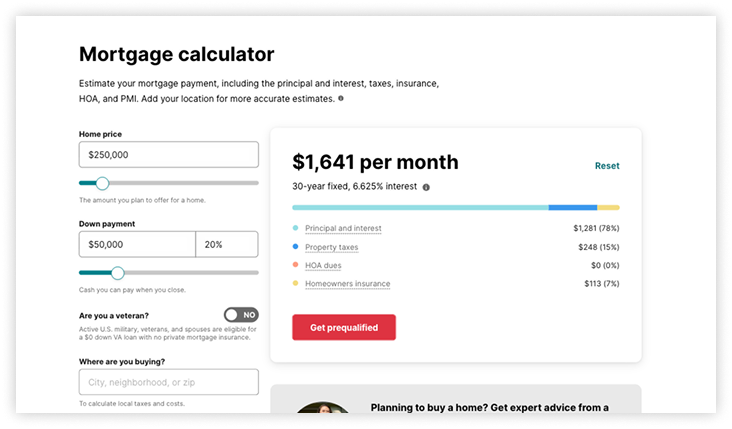
Podcasts and Webinars
Executives appearing on podcasts or hosting webinars build niche credibility and long-form engagement.
Influencer Partnerships
Not celebrity deals, but subject-matter influencers who align with your industry. Authenticity matters more than reach.
Experiential Tactics: Creating Direct Engagement
These tactics create real-world experiences and leverage strategic relationships to generate both media coverage and direct business opportunities.
Events and Conferences
Hosting or participating in events like trade shows, product launches, or community functions. Events provide direct access to customers, partners, and media while generating buzz.
Strategic Partnerships
Co-branded campaigns with complementary brands tap into new audiences while creating compelling PR opportunities. Both companies benefit from expanded reach and shared credibility.
Corporate Social Responsibility (CSR)
Aligning with social or environmental causes demonstrates company values beyond profit. CSR initiatives often attract positive media attention when executed authentically.
Publicity Stunts
High-impact, carefully planned events designed to capture public attention and generate viral coverage. These require significant planning and genuine connection to brand values to succeed.
While high-risk, successful PR stunts can generate massive media coverage and social engagement when executed thoughtfully.
Successful Real-World Campaign Examples
Here are some examples of how leading brands execute these tactics successfully:
Vita Coco's Valentine's Day Pop-Up
Vita Coco replaced traditional influencer gifting with a DIY vending machine in Washington Square Park. The activation provided free "Strawberries & Crème" treats, driving foot traffic and social buzz while generating authentic public engagement coverage.
@vitacoco Everyone deserves a free treat from our vending machine 🥥🤍 #vitacoco #coconutwater #valentinesday #vendingmachine #nyc #treatyourself #newyork #strawberry #coconuts #fyp ♬ original sound - Vita Coco
Doritos' Super Bowl Contest Revival
Doritos’ brought back their fan-favorite "Crash the Super Bowl" campaign, challenging customers to create 30-second ads. This user-generated content approach not only engaged audiences but provided endless material for media coverage about fan creativity.
IKEA's Virtual Recruitment Campaign
IKEA created paid positions within a Roblox store where applicants completed gamified tasks like assembling digital furniture for real wages. The innovative employer branding approach generated 178,000 applications and over 2,000 global news stories while boosting real-world job applications by 50%.
Billie's Interactive Street Campaign
Billie used scratch-and-sniff posters featuring enlarged armpit images with "Scratch and Sniff the Pit" messaging. The tactile, bold concept invited interaction and quickly went viral across social platforms.
Anthropic's Multi-Channel Launch
Anthropic positioned their AI model Claude through "Keep Thinking" messaging across films, outdoor advertising, and influencer partnerships. The campaign demonstrated thought leadership by framing AI as a decision-making tool rather than human replacement.
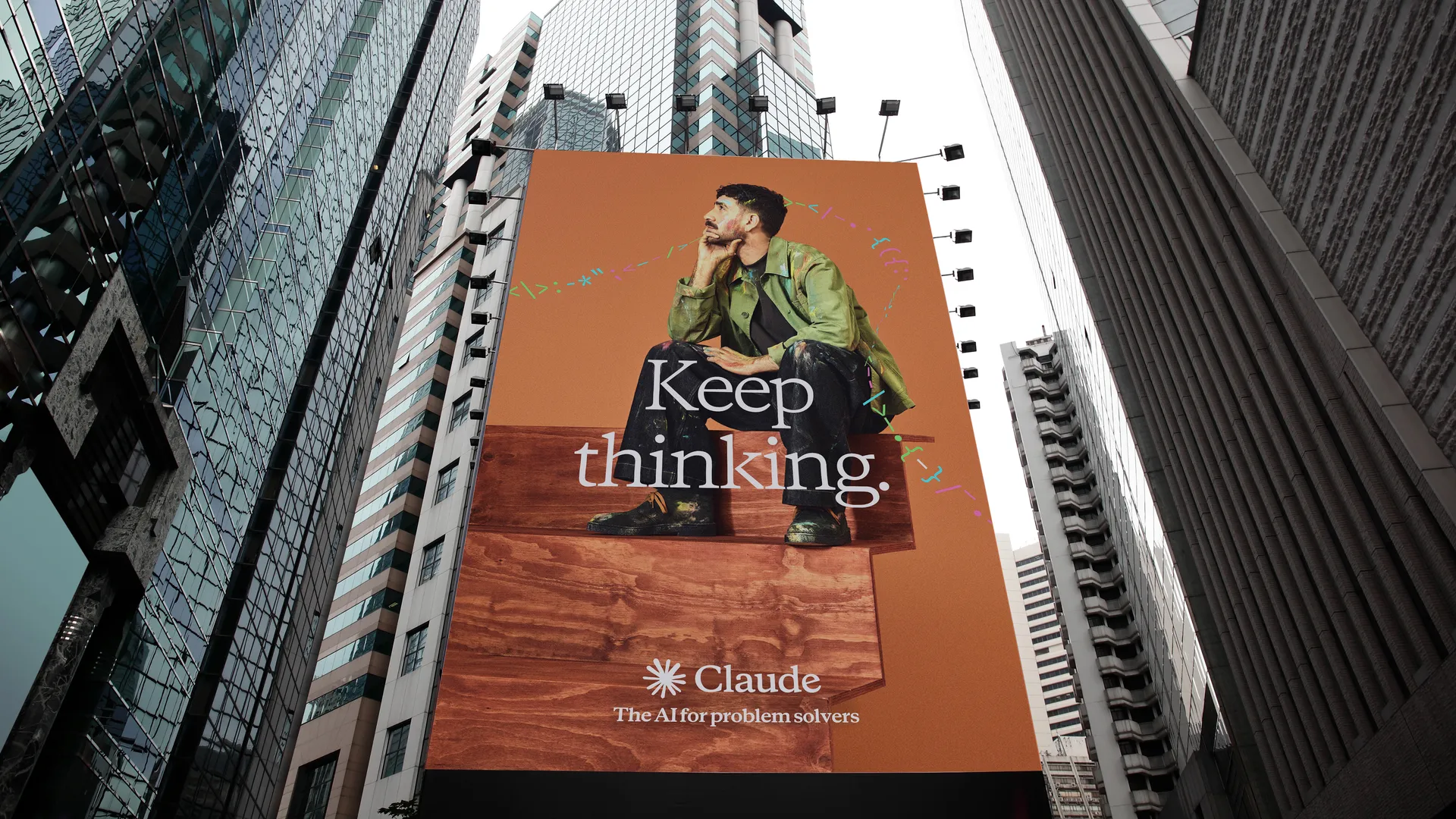
These examples demonstrate how different tactics can be combined for maximum impact. But choosing the right combination requires understanding your specific situation and resources.
Selecting the Right Tactics for Your Business
Not every tactic fits every situation. Your selection should consider:
- Budget Considerations: Original research requires significant investment, while social media engagement demands consistent time commitment rather than large financial outlay.
- Audience Behavior: B2B audiences often respond well to thought leadership and industry events, while consumer audiences might engage more with interactive campaigns or influencer partnerships.
- Timeline Requirements: Crisis response demands immediate action, while thought leadership builds authority over months of consistent effort.
- Company Resources: Consider both financial budget and team capacity when selecting tactics that require ongoing maintenance versus one-time execution.
Once you've selected your tactics, successful execution depends on following proven best practices that maximize your chances of media coverage and audience engagement.
Execution Best Practices
Create Genuine Value
Every tactic should provide real value to your audience, not just promotional benefit to your company. Journalists and audiences quickly identify and reject purely self-serving content.
Prioritize Media Relationships
Media relations isn't transactional. Build ongoing relationships by being a reliable source of information, even when you're not actively promoting something.
Measure Business Impact
Track metrics that connect to business outcomes:
| Metric Type | Examples | Business Impact |
|---|---|---|
| Coverage Quality | Key message inclusion, publication authority | Brand positioning |
| Digital Impact | Backlinks, referral traffic, domain authority | SEO improvement |
| Engagement | Social shares, comments, mentions | Audience connection |
| Business Results | Qualified leads, partnership opportunities | Revenue impact |
Maintain Consistency
Successful PR requires consistent effort over time. One-off tactics rarely generate lasting impact compared to sustained, strategic implementation.
The Bottom Line
PR works when you know your audience, choose the right tactics, and stay consistent. Start with basics like press releases and pitching, then expand into content, digital, and experiential plays as resources allow.
The brands that stand out execute with strategy and authenticity. And when reach matters, services like MarketersMEDIA Newswire help ensure your story gets guaranteed pickup across 570+ outlets with global visibility. Contact us to learn more.
Frequently Asked Question (FAQ)
Q: What is the distinction between a press release and a media pitch?
A: A press release is a formal, comprehensive document meant for broad distribution, acting as a "broadcast" for major announcements. A media pitch is a short, personalized message to a specific journalist, meant to "whisper" an idea and spark interest.
Q: How does PR directly contribute to a brand's SEO (Search Engine Optimization)?
A: PR directly supports SEO by generating high-quality backlinks from reputable news publications. These backlinks are a key factor that helps to improve a website's domain authority and overall search engine ranking.
Q: What is one of the most common PR disasters for small businesses to avoid?
A: One common disaster is ignoring customer complaints on social media. A single unanswered complaint can quickly escalate into a full-blown crisis and spread negative word-of-mouth.
Q: How can a brand best position itself for successful media relations?
A: A brand should shift from simply pushing information out to positioning itself as a valuable, proactive resource. This is achieved through thorough research, personalizing pitches, and offering genuine value like fresh data or expert commentary.
Q: What is the long-term value proposition of PR beyond simply generating awareness?
A: The long-term value is its unique ability to build a foundational layer of trust and credibility. Earned media is viewed as a third-party endorsement, which makes it more believable than paid advertising and drives long-term business growth.
Free Press Release Template
Tell us where to send your PDF:
